+86-0523-83274900
+86-151 9064 3365
The Fire Hose Couplings is an indispensable key component in the fire protection system. Its main purpose is to connect fire hoses, fire hose guns, fire hydrants, fire trucks and other equipment to achieve efficient delivery of water or foam mixture. In the process of fire fighting, the role of the connector is to ensure that the connection between the hose and the water gun is firm and sealed to prevent leakage or high-pressure water splashing from causing personal injury.
Specifically, the Fire Hose Couplings has the following functions:
Connect the hose and the water gun: enable the hose to be quickly connected to the nozzle to achieve fire extinguishing operations.
Connect the hose and the fire truck: facilitate the fire truck to quickly lay the hose when the water is discharged.
Connect the hose and the fire hydrant: in fixed places such as shopping malls, warehouses, etc., it is used to connect the municipal water supply system.
Adapt to different pressure levels: Depending on the use scenario, the connector can withstand different pressures (such as 1.6MPa, 2.4MPa, etc.) to ensure safe use under high pressure.
Types of Fire-Fighting Couplings and their detailed description
Fire-Fighting Couplings can be divided into many types according to their structure, connection method, use scenario and functional requirements. The following are several common types and their characteristics:
1. Internal thread type joint
Structural features: The joint body is internal thread, usually used with external thread type joint.
Applicable scenarios: Suitable for high-pressure environments, such as fire truck water outlets, high-pressure water guns, etc.
Advantages: Good sealing, firm connection, suitable for high-pressure, high-flow firefighting operations.
Disadvantages: Pay attention to the direction during installation to avoid reverse connection.
2. External thread type joint
Structural features: The joint body is external thread, usually used with internal thread type joint.
Applicable scenarios: Suitable for medium and low pressure environments, such as ordinary fire hoses, water hose connections, etc.
Advantages: Simple structure, easy installation, low cost.
Disadvantages: The sealing performance is not as good as the internal thread type joint under high pressure.
3. Flange type joint
Structural features: It consists of a flange and a rubber sealing ring, which are fixed and connected by bolts.
Applicable scenarios: Suitable for large fire protection systems, fire truck interfaces, and connections between water hoses and water pumps.
Advantages: good sealing, suitable for high pressure and large flow occasions, stable connection.
Disadvantages: complex installation, requiring more tools and manpower.
4. Quick connector
Structural features: adopts quick plug-in design, usually one-way or two-way connection.
Applicable scenarios: suitable for occasions that require frequent disassembly and assembly, such as the connection between fire hoses and water guns.
Advantages: easy operation, time saving, suitable for emergency rescue.
Disadvantages: slightly lower sealing than threaded joints, suitable for medium and low pressure environments.
5. Clamp type connector
Structural features: The water hose and the joint are fixed by metal clamps, and the clamps are divided into European, American, iron sheet, steel, etc.
Applicable scenarios: widely used in the connection between fire trucks, water hoses and water guns.
Advantages: firm connection, good sealing, suitable for a variety of water hose types.
Disadvantages: pay attention to the tightness of the clamp during installation to avoid over-tightening or over-loosening.
6. Union joint
Structural features: The joint can be rotated to facilitate the adjustment of the hose direction and avoid damage due to the twisting of the hose.
Applicable scenarios: Suitable for occasions where the hose direction needs to be adjusted frequently, such as indoor firefighting operations.
Advantages: High flexibility, reduced hose wear, and extended service life.
Disadvantages: The sealing performance is slightly lower than that of fixed joints.
7. Threaded joint
Structural features: Connected by threads, usually a combination of internal and external threads.
Applicable scenarios: Suitable for special places such as industrial firefighting systems, ships, and chemical plants.
Advantages: Good sealing, strong corrosion resistance, and suitable for a variety of materials.
Disadvantages: Pay attention to thread matching during installation to avoid connection failure.
8. Clip-on joint
Structural features: The hose and the joint are fixed by the clip structure, without threads or clamps.
Applicable scenarios: Suitable for light firefighting equipment and small hose systems.
Advantages: Quick installation, no tools required, suitable for temporary or mobile firefighting operations.
Disadvantages: General sealing, not suitable for high-pressure environments.
9. Quick connector type
Structural features: quick release mechanism is adopted to facilitate quick connection and disassembly.
Applicable scenarios: suitable for emergency rescue, flood control and drainage and other occasions that require rapid deployment.
Advantages: easy operation, time saving, suitable for multi-task parallel operation.
Disadvantages: slightly lower sealing than traditional threaded connectors.
| Type | Structural features | Applicable scenarios | Advantages | Disadvantages |
| Internal thread joint | The connector body is internally threaded and is usually used with externally threaded connectors | Applicable to high-pressure environments, such as fire truck water outlets, high-pressure water guns, etc. | Good sealing, firm connection, suitable for high pressure and high flow fire fighting operations | Pay attention to the direction during installation to avoid reverse connection |
| External thread joint | The connector body is externally threaded and is usually used with internally threaded connectors | Applicable to medium and low-pressure environments, such as ordinary fire hoses, water hose connections, etc. | Simple structure, easy installation, low cost | Under high pressure, the sealing performance is not as good as that of internal threaded joints |
| Flange joint | It consists of a flange and a rubber seal, and is fixed and connected by bolts | Applicable to large fire systems, fire truck interfaces, and connections between water hoses and water pumps | Good sealing, suitable for high pressure and high flow occasions, stable connection | Installation is complicated and requires more tools and manpower |
| Quick Connect | Adopts a quick-plug design, usually one-way or two-way connection | Applicable to occasions that require frequent disassembly and assembly, such as the connection between fire hoses and water guns | Easy to operate, save time, suitable for emergency rescue | The sealing performance is slightly lower than that of threaded joints, suitable for medium and low pressure environments |
| Clamp joint | The hose is fixed to the connector by a metal clamp, which is divided into European, American, iron sheet, steel, etc. | Widely used in the connection between fire trucks, water hoses and water guns | Firm connection, good sealing, suitable for various types of hoses | Pay attention to the tightness of the clamp during installation to avoid over-tightening or over-loosening |
| Swivel Joint | The connector can be rotated to facilitate the adjustment of the hose direction | Applicable to occasions where the direction of the water hose needs to be adjusted frequently, such as indoor firefighting operations | High flexibility, reduce hose wear and extend service life | The sealing performance is slightly lower than that of fixed joints |
| Threaded Joint | Connected by threads, usually a combination of internal and external threads | Applicable to special places such as industrial firefighting systems, ships, chemical plants, etc. | Good sealing, strong corrosion resistance, suitable for various materials | Pay attention to thread matching during installation to avoid connection failure |
| Snap-on Joint | Fixed the hose to the connector by a snap-on structure, without threads or clamps | Applicable to light firefighting equipment and small water hose systems | Quick installation, no tools required, suitable for temporary or mobile fire fighting operations | The sealing performance is average, not suitable for high pressure environments |
| Quick Release Joint | Adopts a quick release mechanism for quick connection and disassembly | Applicable to occasions that require rapid deployment, such as emergency rescue, flood control and drainage | Easy to operate, save time, suitable for multi-task parallel operation | The sealing performance is slightly lower than that of traditional threaded joints |
Precautions for selecting Fire-Fighting Couplings
When selecting Fire-Fighting Couplings, the following factors should be considered comprehensively:
Pressure level: select the appropriate pressure level (such as 1.6MPa, 2.4MPa, etc.) according to the use environment.
Material requirements: select the appropriate material according to the use environment, such as brass, stainless steel, aluminum alloy, etc.
Connection method: select the appropriate connection method according to the equipment interface, such as thread, clamp, flange, etc.
Sealing performance: ensure that the connector can still maintain good sealing under high pressure.
Use scenario: select the appropriate connector type according to the use environment (such as indoor, outdoor, high temperature, corrosive environment).
As a key component in the fire protection system, Fire-Fighting Couplings are of various types and have different functions. Different types of connectors are suitable for different usage scenarios and pressure levels. Choosing the right connector type is crucial to ensuring the safety and efficiency of firefighting operations.
In actual applications, reasonable selection should be made based on specific needs, combined with factors such as the connector's structure, material, and sealing, to ensure the stable operation of the firefighting system.
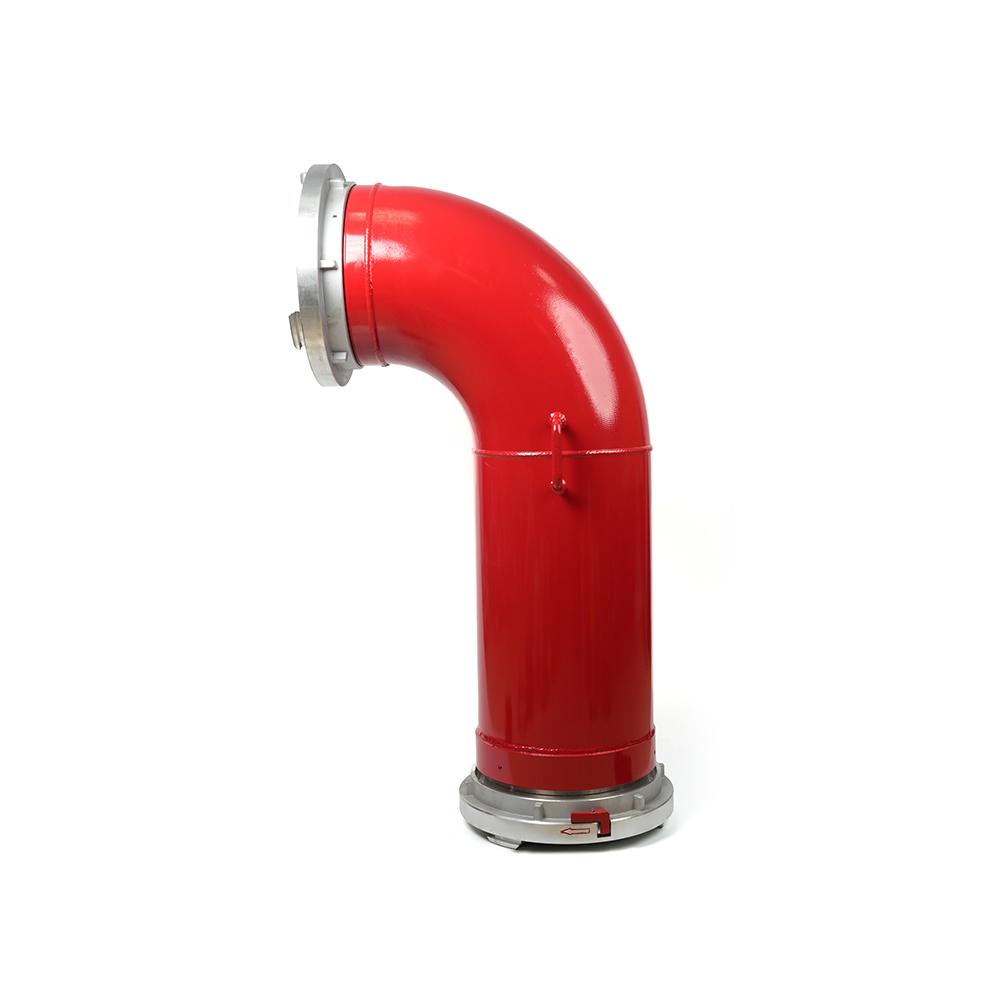 Grooved Fire Elbow-Storz
Grooved Fire Elbow-Storz
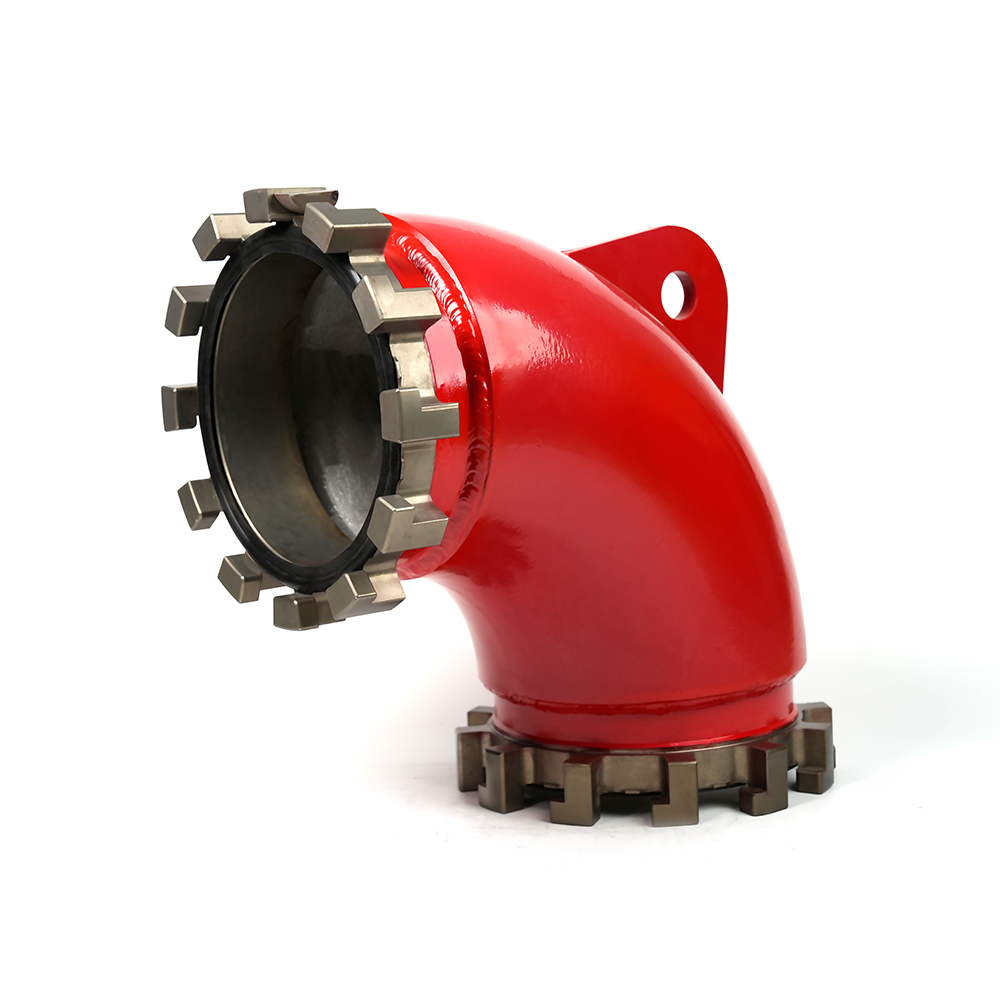 Grooved Fire Elbow-Multi-tooth
Grooved Fire Elbow-Multi-tooth
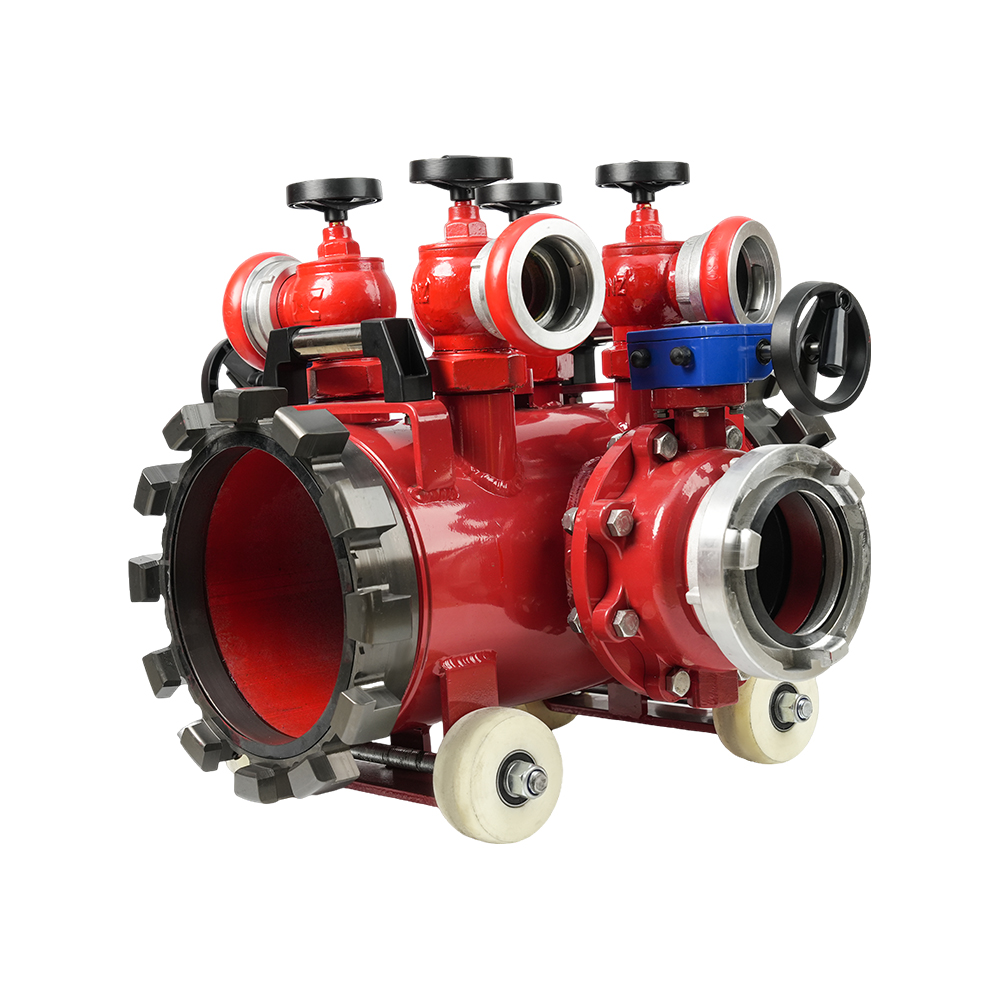 Multi-functional Fire Hose Distributor
Multi-functional Fire Hose Distributor
 Locking Four-Way Fire Hose Distributor
Locking Four-Way Fire Hose Distributor
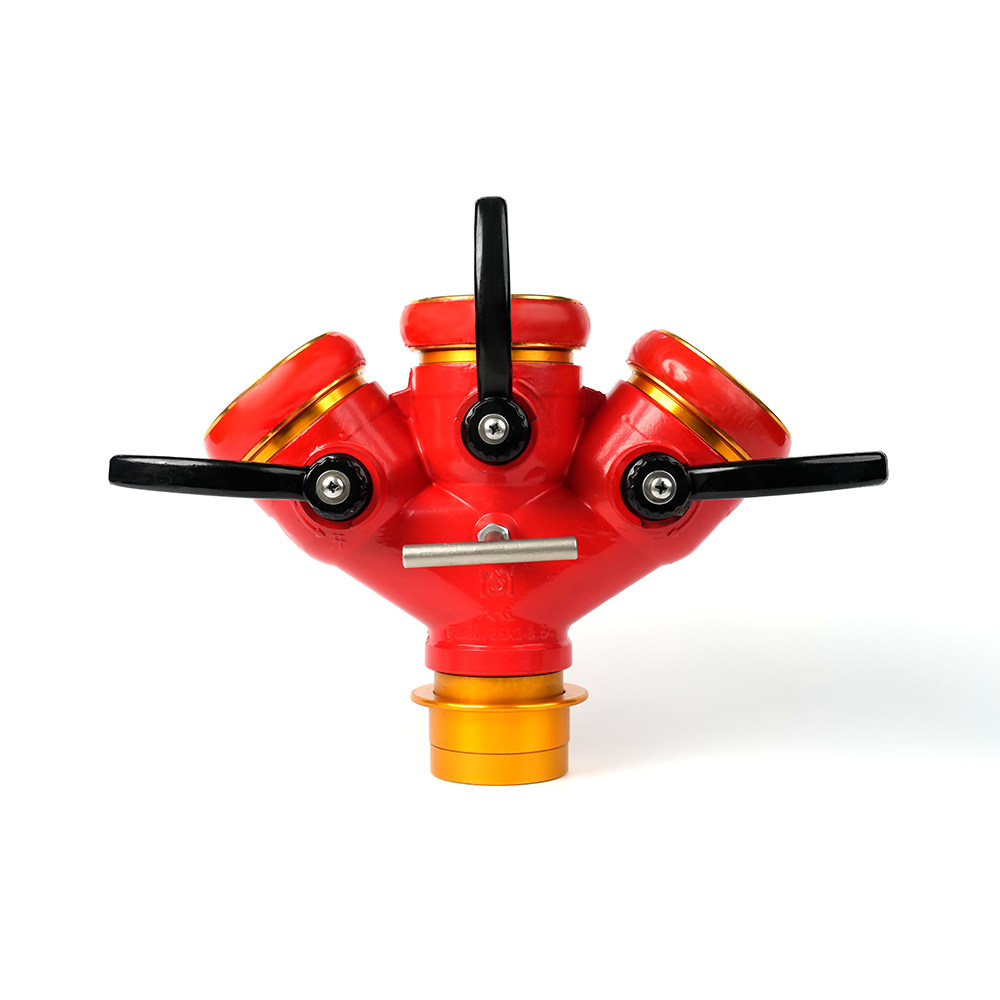 Locking Three-Way Fire Hose Distributor
Locking Three-Way Fire Hose Distributor
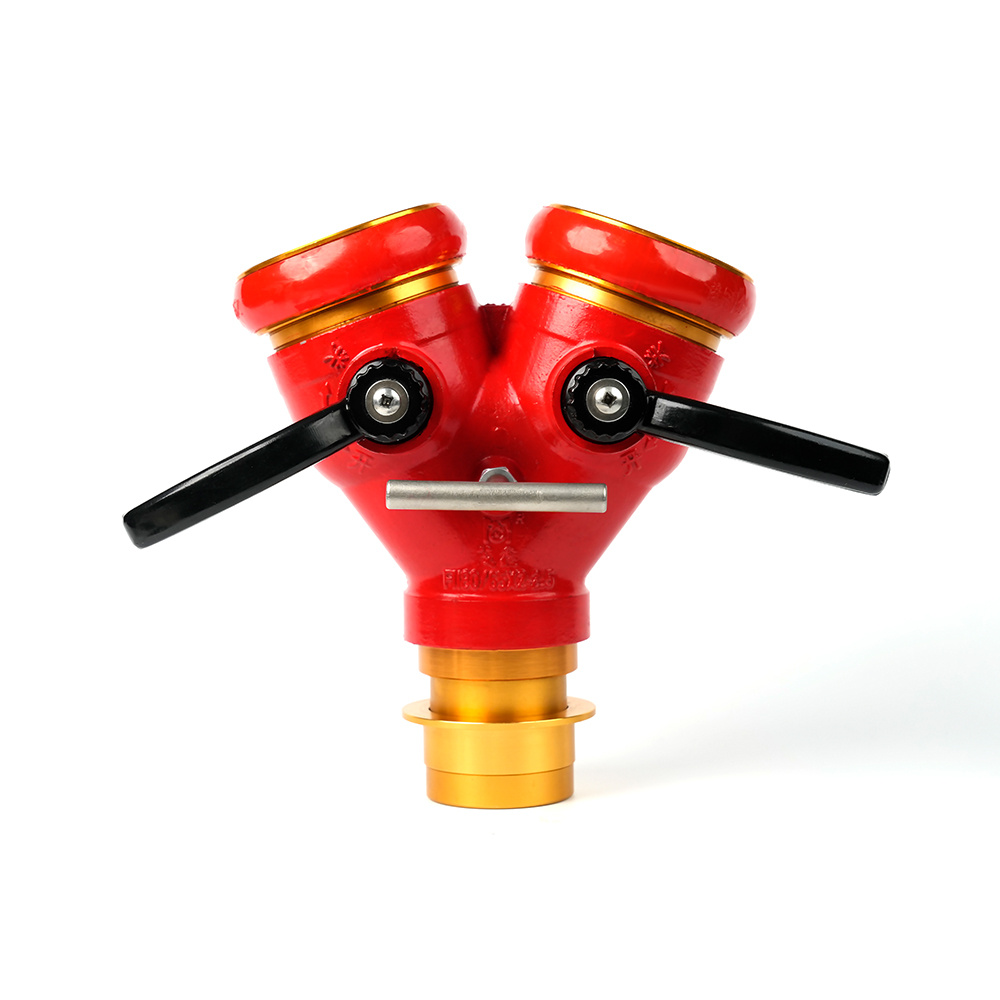 Locking Two-Way Fire Hose Distributor
Locking Two-Way Fire Hose Distributor
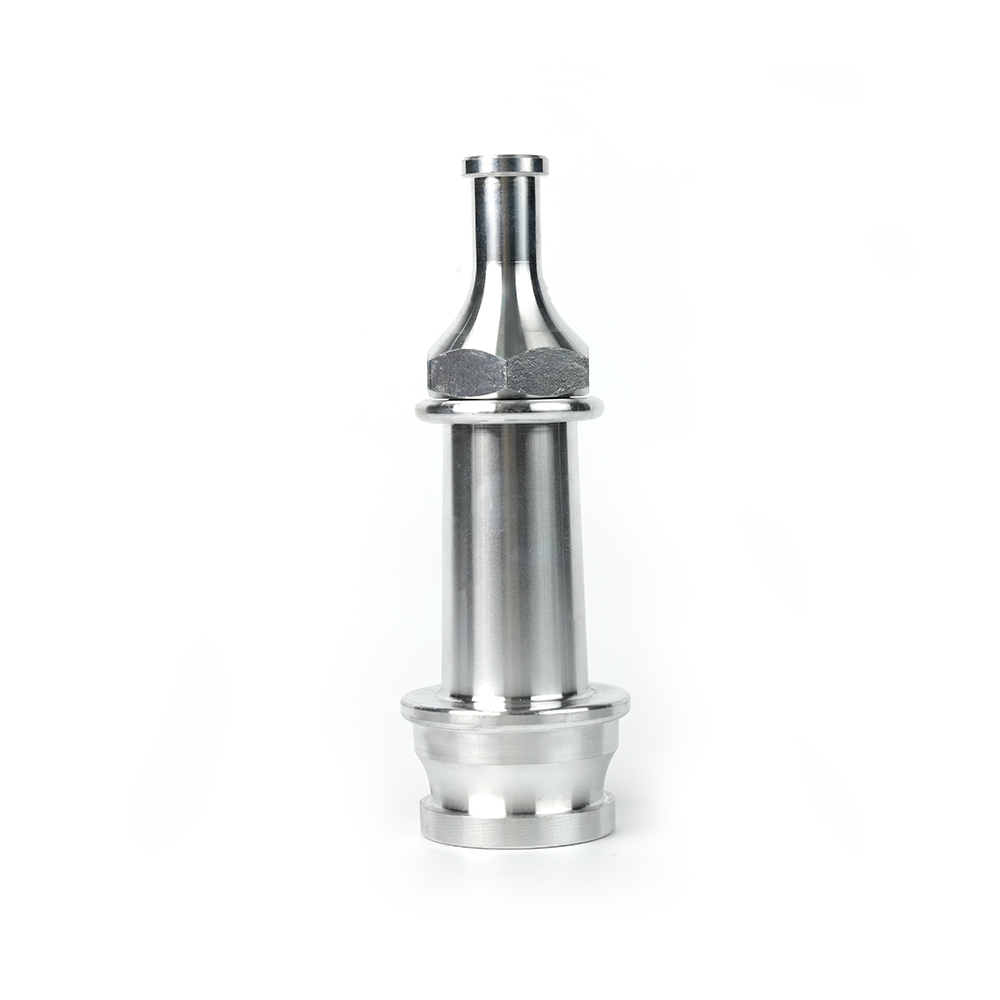 Straight Stream Nozzle
Straight Stream Nozzle
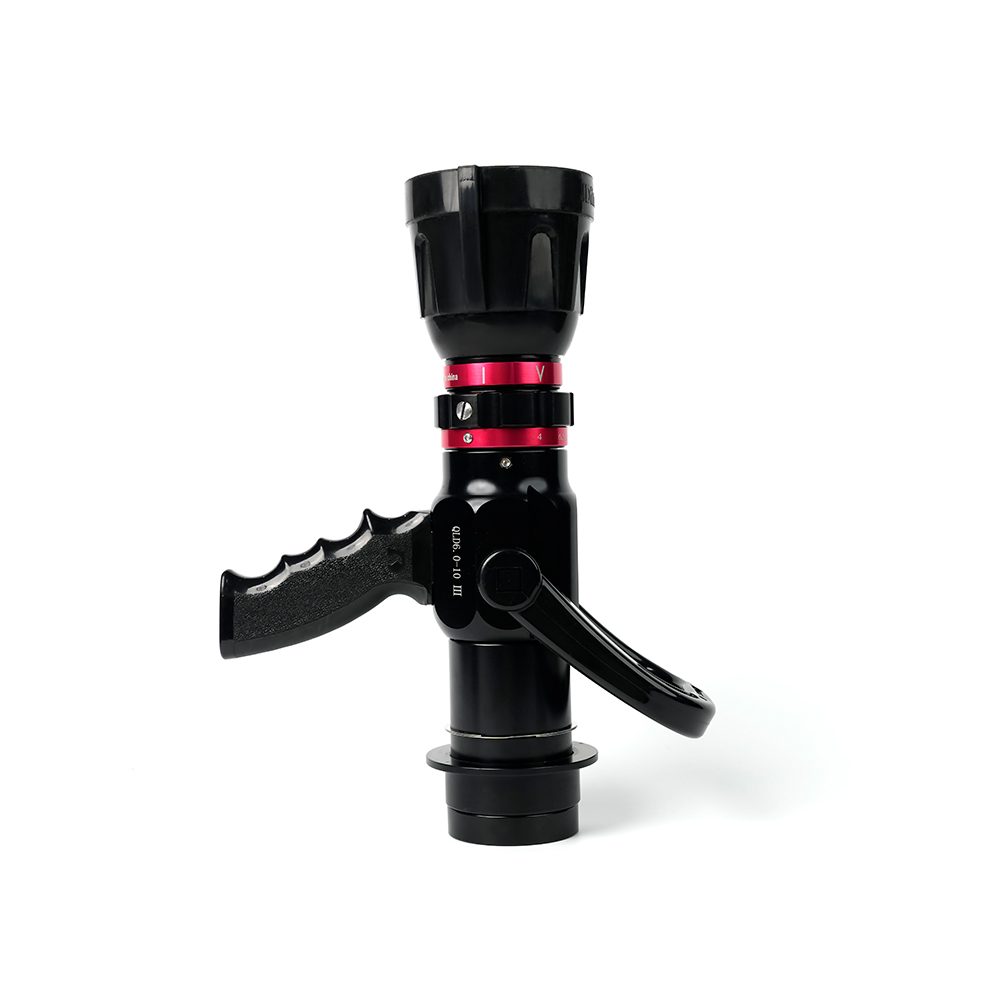 Adjustable nozzle-machino
Adjustable nozzle-machino
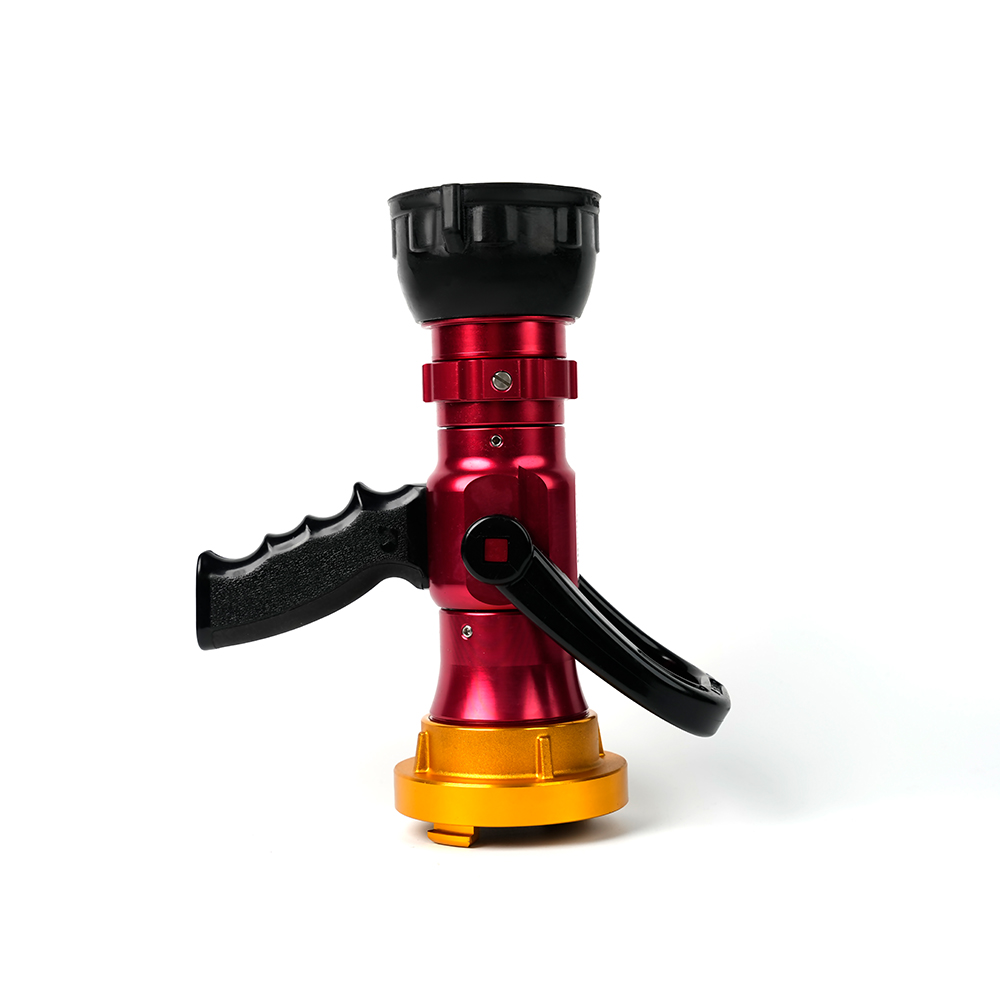 Adjustable nozzle-storz
Adjustable nozzle-storz
 Storz Adapter Couplings - Multi-Tooth
Storz Adapter Couplings - Multi-Tooth
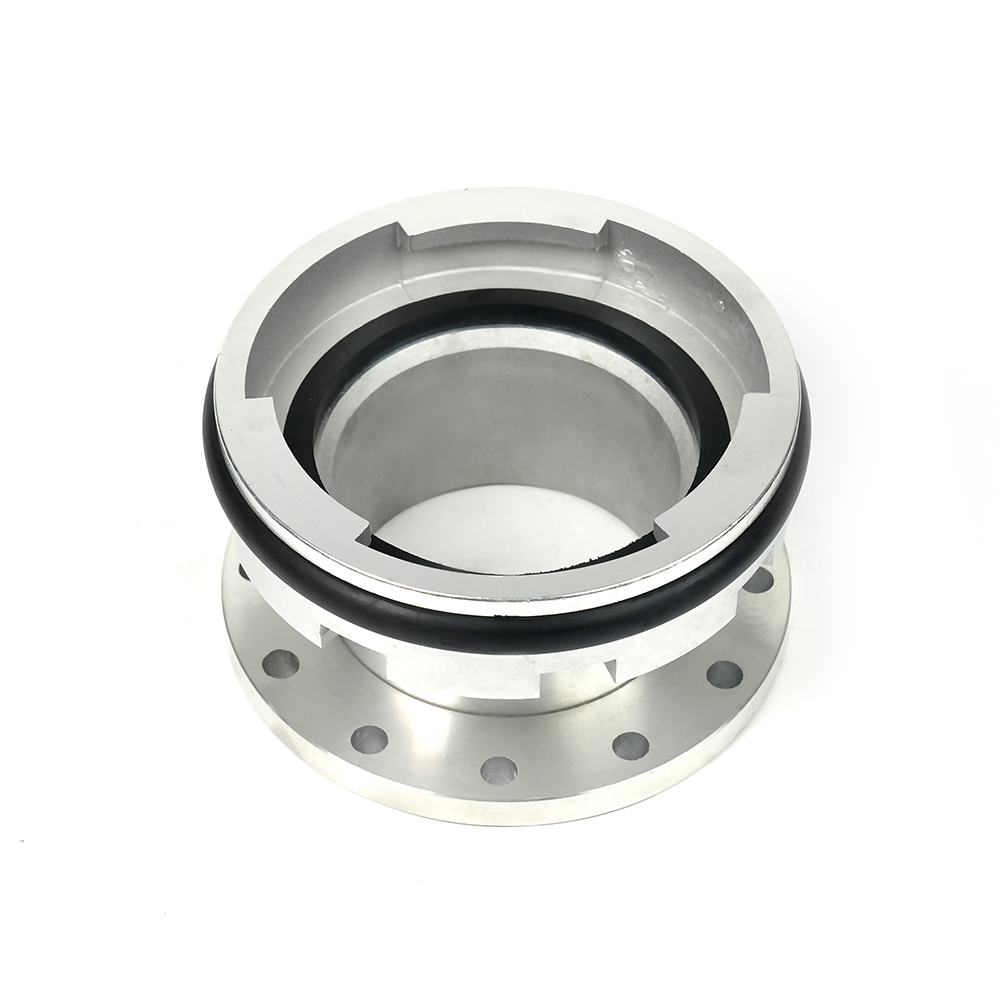 Machino Adapter Couplings – Flanged
Machino Adapter Couplings – Flanged
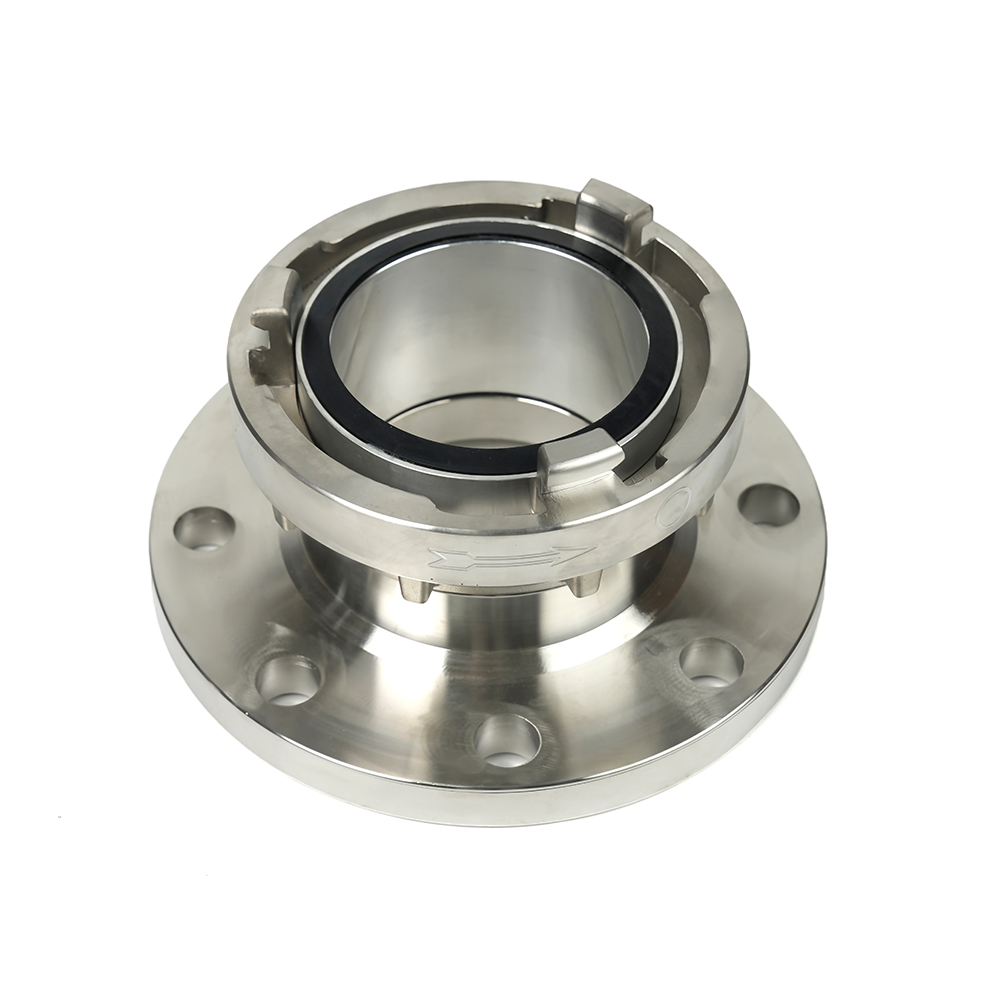 Storz Adapter Couplings – Flanged
Storz Adapter Couplings – Flanged